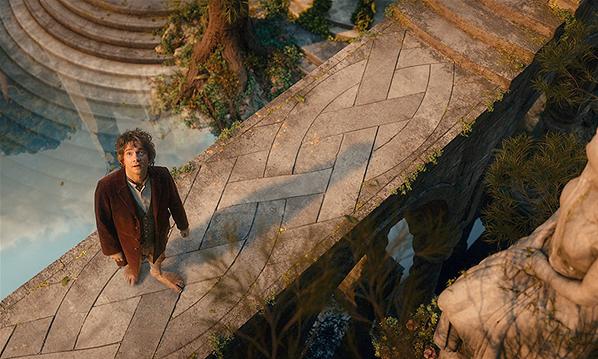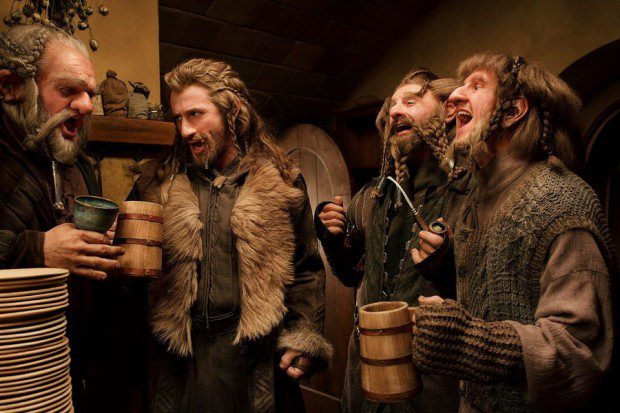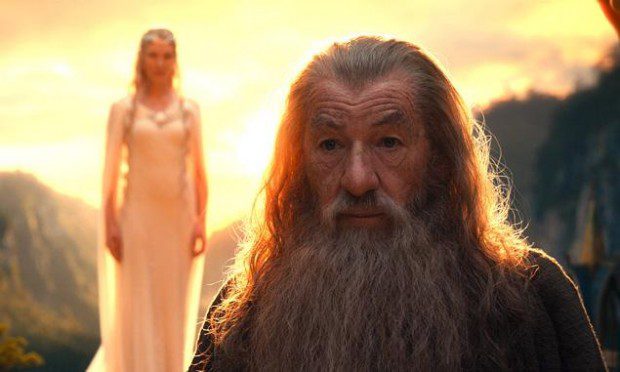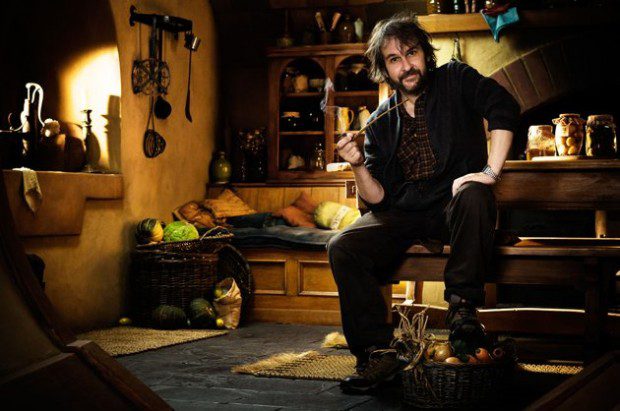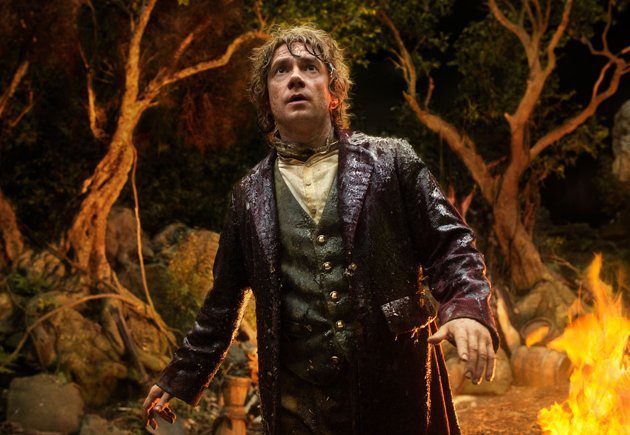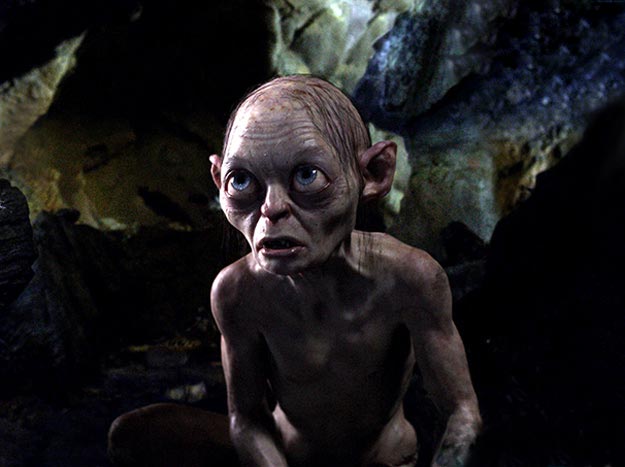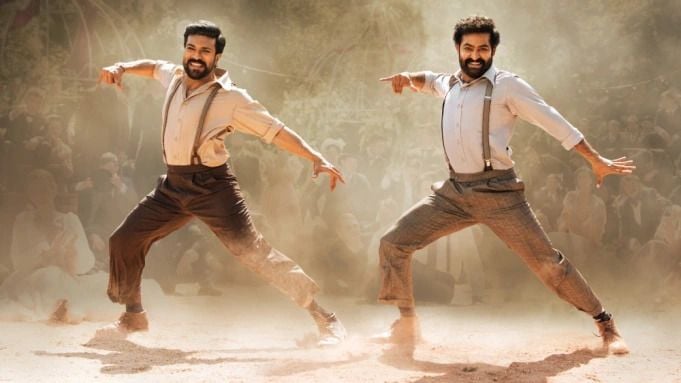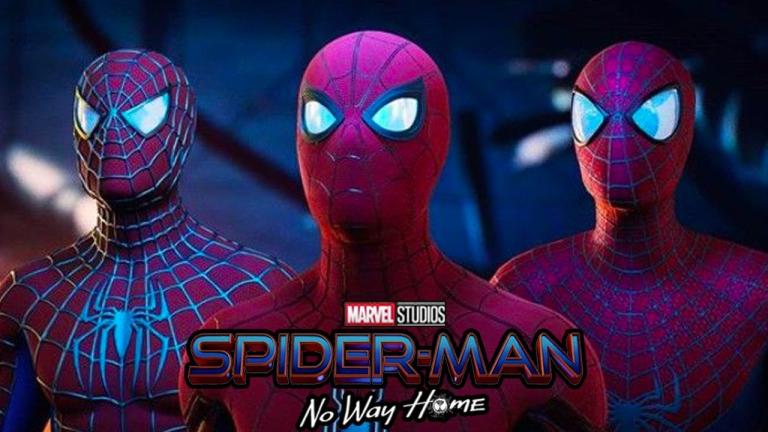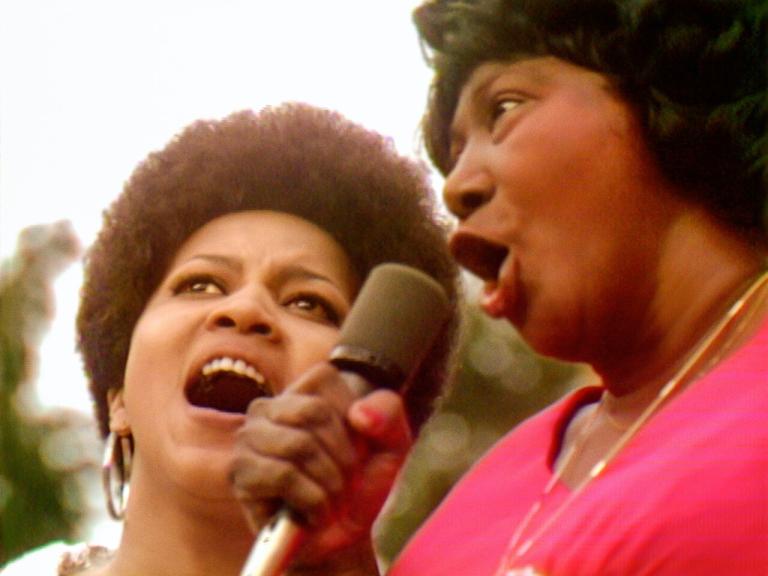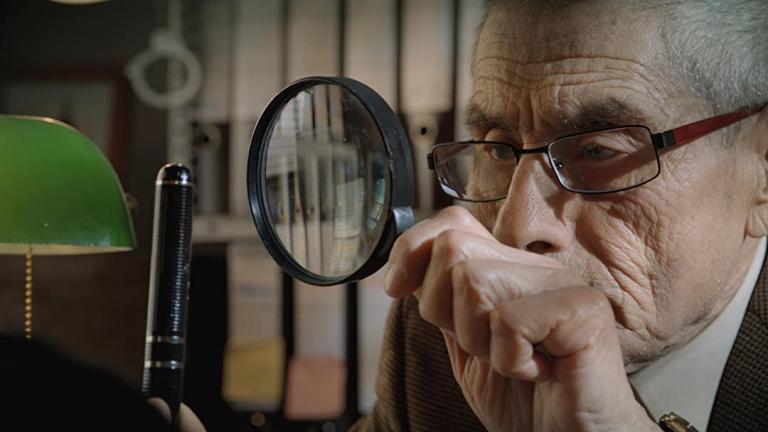As we head into the thick of winter, the comforts of home are more appealing than ever. A favorite sweater, comfortable couch, and a hot cup of coffee comprise some of the most profound and simple pleasures in life. So it is understandable why Bilbo Baggins might slam the door on a wizard offering an adventure. If thirteen rowdy dwarves barged into your kitchen pantry, you’d probably be as miffed as our hobbit.
Director Peter Jackson takes his time, immersing us within Bilbo’s comfortable confines before he accepts An Unexpected Adventure. Antsy viewers might wonder what takes so long for the fun to begin. But if you consider this long, ponderous opening as the prologue to a nine-hour trilogy, then suddenly, it doesn’t feel so drawn out.
The Hobbit offers fans who crave more time in Middle Earth a fanciful prequel to the beloved Lord of the Rings trilogy. It is grand to see Ian McKellen back as Gandalf (although Cate Blanchett is the sole actress returning in this installment). And Christopher Lee offers a creepy portrait of Saruman before his fall. An Expected Journey feels equally respectful to J.R.R. Tolkien’s original vision (except for some dumb drug jokes involving Radagast the Brown Wizard). Yet, as a stand-alone cinematic event, The Hobbit: An Unexpected Journey does take a LONG TIME to get moving. Will patient filmgoers be rewarded?
Peter Jackson has pushed his fascination with digital technology and effects too far. The experimental 48 frame per second, 3D version I previewed was quite jarring. The clarity of the images made Middle Earth feel cheap and fake, rather than pristine and real. It took at least ninety minutes for my eyes to get over the initial shock. Interiors seemed too much like studio sets. Exterior scenes felt too fanciful. And a sequence featuring a sled pulled by rabbits looked utterly absurd. Later, boulder-tossing giants echoed the Rock’em Sock’em Robots of my childhood. Peter Jackson falls prey to the temptation to resort to spectacle simply because Weta’s technology makes it possible. For much of The Hobbit, my fellow viewers felt like we were watching a video game. My simple recommendation—skip the upcharges–see it in 2D at 24 frames per second instead. In this case, less is more.
Thankfully, the high stakes come into focus in the final hour. The tenuous nature of Bilbo’s relationship with his dwarf comrades emerges. Orcs and goblins offer frightening threats. Swords are drawn. And the real star of the show, Gollum, finally shows up. He and Bilbo engage in a captivating game of riddles that is pure movie magic. The care poured into creating Gollum, from the humorous performance by Andy Serkis to the remarkable effects animating the character, shines through. Peter Jackson makes Gollum the most sympathetic schizophrenic ever. And that is the true test posed by J.R.R. Tolkien.
Will we get off the couch if the situation demands sacrifice? And even amidst war, can we retain our humanity? Bilbo is challenged to see the potential buried amidst the damaged Gollum. Tolkien (and Peter Jackson) remind us that mercy remains a virtue in remarkably short supply. Comforts will always lull us toward malaise. But isn’t life more than the stuff that surrounds us? Bilbo learns (and models) true courage.
By the conclusion of The Hobbit, I had overcome the technical hurdles, forgotten about the slow start and embraced the rousing adventure to reclaim the Lonely Mountain that I expected. The promise of the sleeping dragon, Smaug, draws me toward the next two installments. But I also fear the specter of The Phantom Menace. Remarkable cinematic legacies have been sullied by digital indulgence. An Unexpected Journey left me wondering if we’re in for three slow takes on what could have been one amazing movie.

